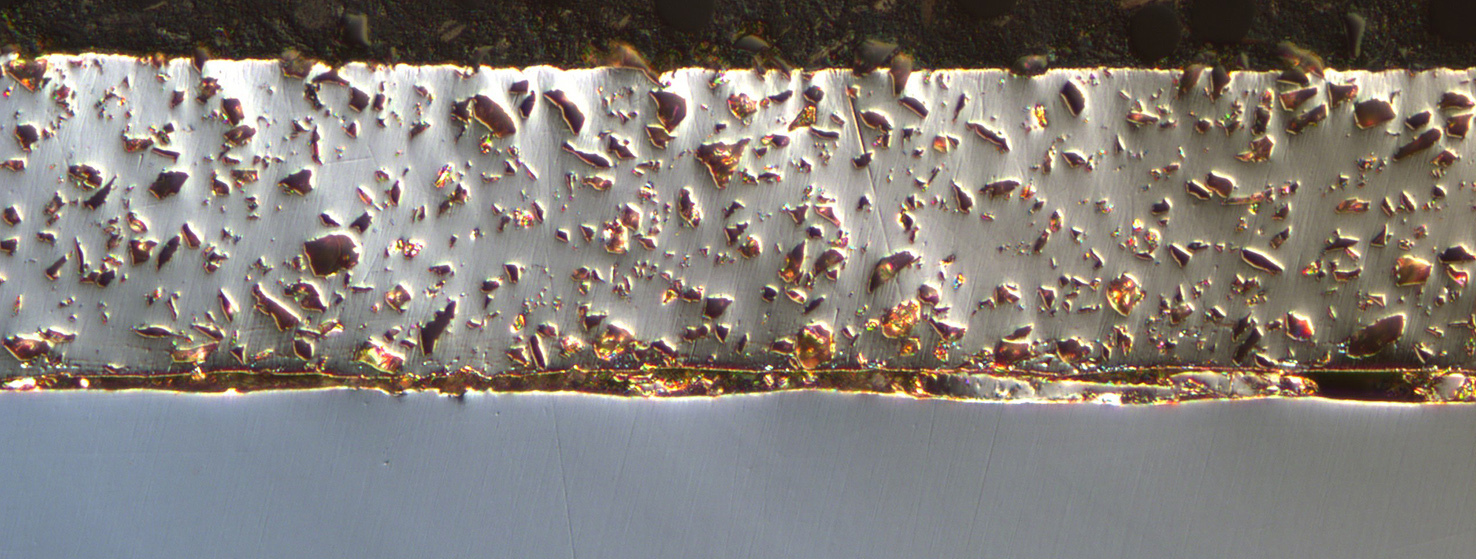DFG (GA1704/8-1)

| Period: |
2019-02-01 to 2022-06-30 |
|---|---|
| Funder: | German Research Foundation (DFG) |
| Project Manager: | Christoph Grimme |
| Division: | Materials and Corrosion |
| Team: | High Temperature Corrosion |
Blades for stationary gas turbines in chemical or energy production, aircraft or marine engines are usually made from nickel-based super alloys because of their high temperature requirements. By forming protective and impermeable oxide layers during high temperature operation, their oxidation and corrosion resistance is very high. However, when operated on low-grade fuels, nickel-based super alloys are prone to accelerated corrosion and failure due to corrosive salt deposits. This severe type of hot corrosion is often caused by the presence of vanadium oxides and sodium sulphates originating from the combustion of the fuels, which prevent the formation of a continuous and protective oxide scale on the metal surface.
Up to now the corrosion has been mitigated by adding corrosion-inhibiting particles to the combustion gas stream. However, this leads to thicker deposits on the turbine blades and to increased downtimes for removing these deposits. The objective of this research is to develop a novel inhibitor-containing coating concept that can prevent hot corrosion without increasing downtimes for deposit removal. The planned coating consists of a protective aluminium diffusion coating modified with nano or micro inhibitor particles. The desired hot corrosion protection will be achieved by inducing a reaction of the inhibitor particles with the molten salt and thus changing the chemical composition (acidity) of the molten salt.
The main advantage of such protective layers is that the otherwise protective aluminium oxide layer dissolves due to corrosive substances such as sulphates or vanadates and comes into contact with the added particles. The inhibitor particles are sacrificed to form species with higher melting point species which in turn slows down the corrosion changing the acidity of the salt melt, making it less aggressive. The primary objective is to test this approach by examining the effectiveness and chemical resistance of the protective layer as well as the underlying mechanisms.
backChristoph Grimme
Tel.: +49 69 / 7564-645
E-mail: christoph.grimme
C. Grimme, K. Ma, R. Kupec, C. Oskay, E.M.H. White, A.J. Knowles, M.C. Galetz, Surface and Coatings Technology 485 (2024), 130891
C. Grimme, C. Oskay, L. Mengis, M.C. Galetz, Wear 477 (2021), 203850